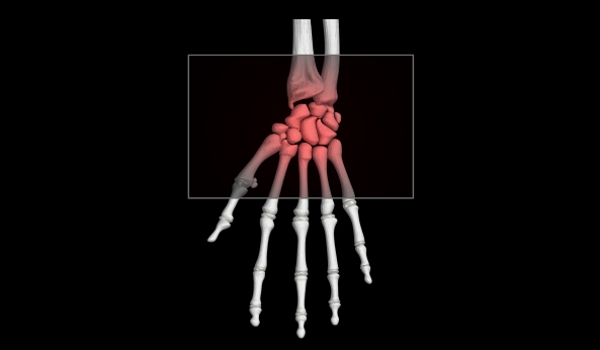Short bone

Short bones are generally found at our extremities such as hands and feet.
Shape of short bones.
The short bones are small and cuboid shaped, many of which can be found around the extremities (hands and feet). Examples include the sesamoid bones, the tarsals of the ankle, and the carpals of the wrist.
Anatomists categorise bones into four general categories, long, short, flat, and irregular (everything that doesnt fall into the first three!)
There are two different types of bone construction:
- Compact, or dense
- Spongy, or cancellous
Compact bone is hard and dense, and forms the protective outer part of the structure. Inside is the spongy, porous (full of tiny holes) interior. Most bones contain both types.
These are amazing structures, a complex of living tissues that perform numerous vital functions. Their web-like structure means that they can be both strong and light at the same time.
They are constantly being replaced and rebuilt, with deposition (building) and resorption (tearing down) occurring concurrently. This process is regulated by Hormones Osteoclasts break down bone, while Osteoblasts build it back up.
Why calcium is so important.
A key part of this is our calcium intake excess dietary calcium is stored in our bones as a sort of 'mineral deposit bank'. However, if we dont eat enough calcium, our body will draw on the calcium in our bones (demineralisation), which can result in them becoming weaker and less dense.




